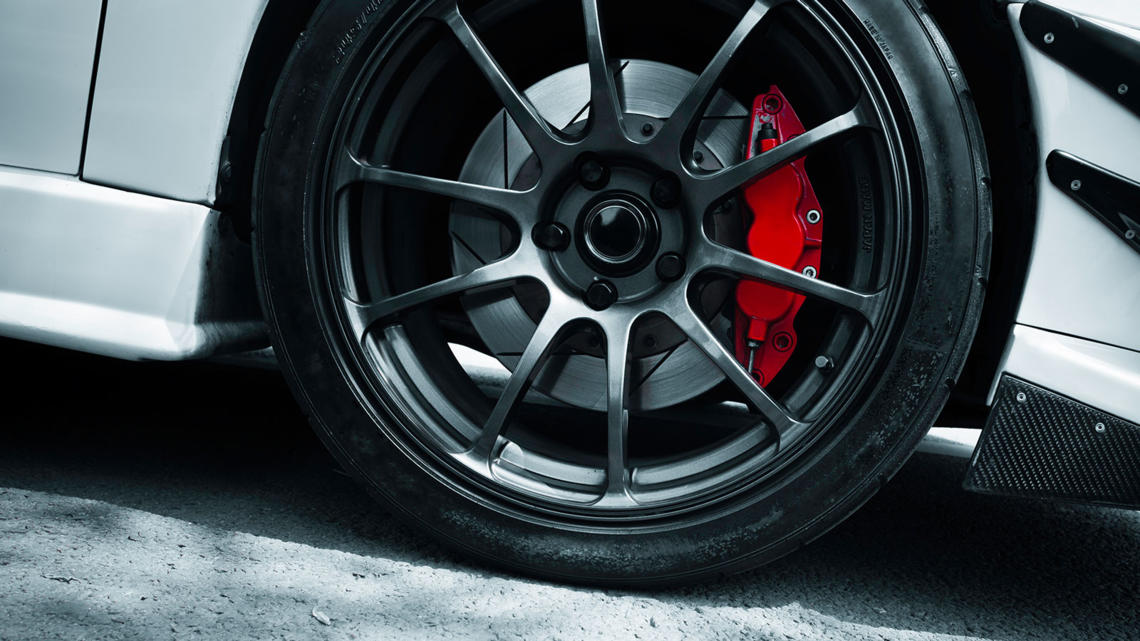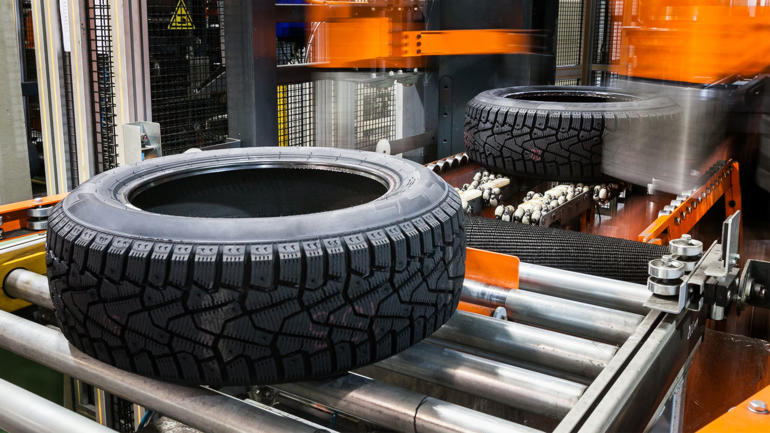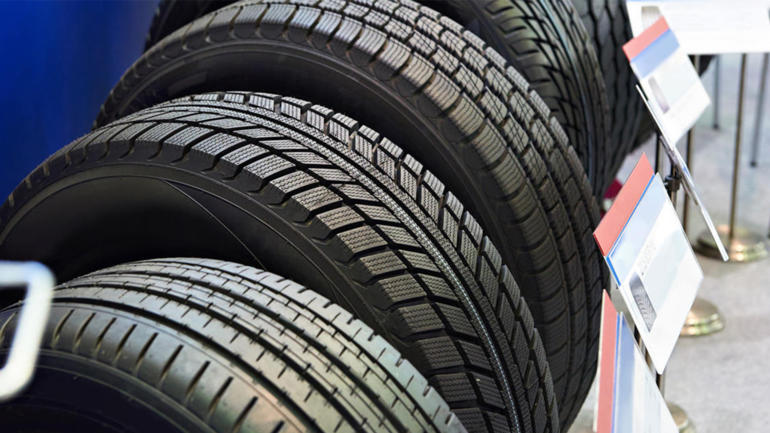Geneva, 3 March 2020: A risk assessment has suggested tire and road wear particles (TRWP) pose low risk to human health.
The purpose of the research sponsored by the Tire Industry Project (TIP) was to understand the potential for risk to human health from exposure to TRWP in the air. It was based on a review of scientific TRWP hazard and exposure assessments – including studies sponsored by TIP – and followed risk assessment guidelines published by the U.S. National Academy of Sciences (NAS) and the U.S. Environmental Protection Agency (EPA).
TRWP are debris produced during driving by the necessary friction between tires and road surface; they are a mix of approximately half tire tread material and half road pavement material. Studies have revealed that TRWP are generally sized around 100µm which is in the non-respirable size range. However, a small percentage of TRWP becomes airborne as particulate matter (PM) at size ranges relevant to potential impacts on human health through respiration.
The study
The risk assessment was based on a review of literature on hazards associated with and exposures to TRWP. From available literature on TRWP hazard, a no-observed-adverse-effect-concentration (NOAEC) for respirable TRWP was calculated and compared to estimated daily exposure to TRWP. Considering both typical and worst-case exposure scenarios, the study found a margin of exposure to TRWP of 400-700 times less than that of the NOAEC. Although there remain uncertainties in the risk assessment stemming from both the reviewed hazard and exposure assessments, based on available research, the current weight of evidence suggests that TRWP presents a low risk to human health.
This human health risk assessment joins earlier TIP-sponsored research that suggests TRWP make minor contribution to total PM10 and PM2.5.
Why do tires produce particles?
A tire is designed to enhance consumer safety and environmental performance under different road and weather conditions. To meet desired performance levels, tires must achieve a fine balance between several, sometimes contradictory, requirements. TRWP are created through abrasion, which is a physical consequence of the tire's grip on the road – driver and passenger safety would be compromised if tires did not grip the road.
A growing body of work
TIP has supported research into TRWP for more than a decade, making important contributions to the state-of-knowledge on TRWP characteristics and composition. TIP-sponsored studies have found TRWP are unlikely to negatively impact human health and the environment; however, TIP is engaged in continued research to improve scientific understanding of the potential risks associated with TRWP. Understanding the potential health and environmental impacts of TRWP is a TIP priority.
TIP has supported peer-reviewed studies including:
- Comparison of particles generated using different methodologies. (2010) - link
- Acute Aquatic Toxicity of Tire and Road Wear Particles to Alga, Daphnid and Fish. (2011) - link
- Evaluation of Potential for Toxicity from Subacute Inhalation of Tire and Road Wear Particles in Rats. (2012) - link
- Chronic toxicity of tire and road wear particles to water- and sediment-dwelling organisms. Ecotoxicology. (2012) - link
- Use of a Deuterated Internal Standard with Pyrolysis-GC/MS Dimeric Marker Analysis to Quantify Tire Tread Particles in the Environment. (2012) - link
- Measurement of airborne concentrations of tire and road wear particles in urban and rural areas of France, Japan, and the United States. (2013) – link
- Comparison of Tire and Road Wear Particle Concentrations in Sediment for Watersheds in France, Japan, and the United States by Quantitative Pyrolysis GC/MS Analysis. (2013) - link
- Experimental methodology for assessing the environmental fate of organic chemicals in polymer matrices using column leaching studies and OECD 308 water/sediment systems: Application to tire and road wear particles. (2015) - link
- Characterizing export of land-based microplastics to the estuary - Part I: Application of integrated geospatial microplastic transport models to assess tire and road wear particles in the Seine watershed. (2018) (An ETRMA sponsored study) – link
- Characterizing export of land-based microplastics to the estuary – Part II: Sensitivity analysis of an integrated geospatial microplastic transport modeling assessment of tire and road wear particles. (2018) (An ETRMA sponsored study) – link
- Evaluation of Tire Wear Contribution to PM2.5 in Urban Environments. (2019) – link
- Human health risk assessment of Tire and Road Wear Particles (TRWP) in air. (2019) – link








